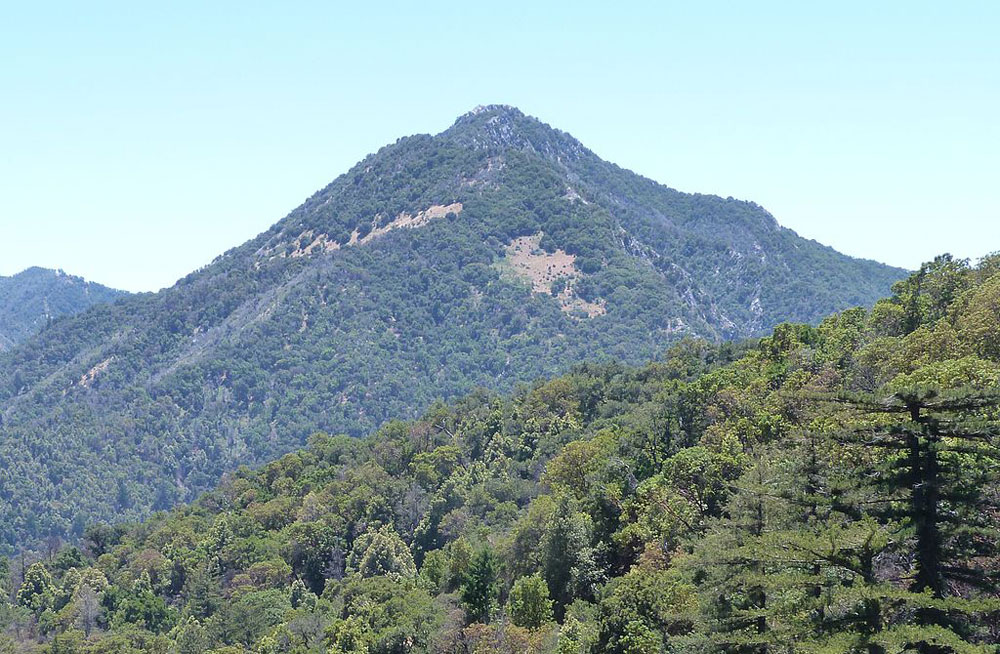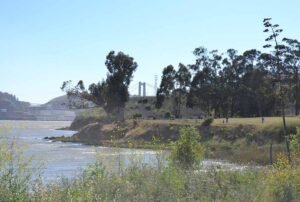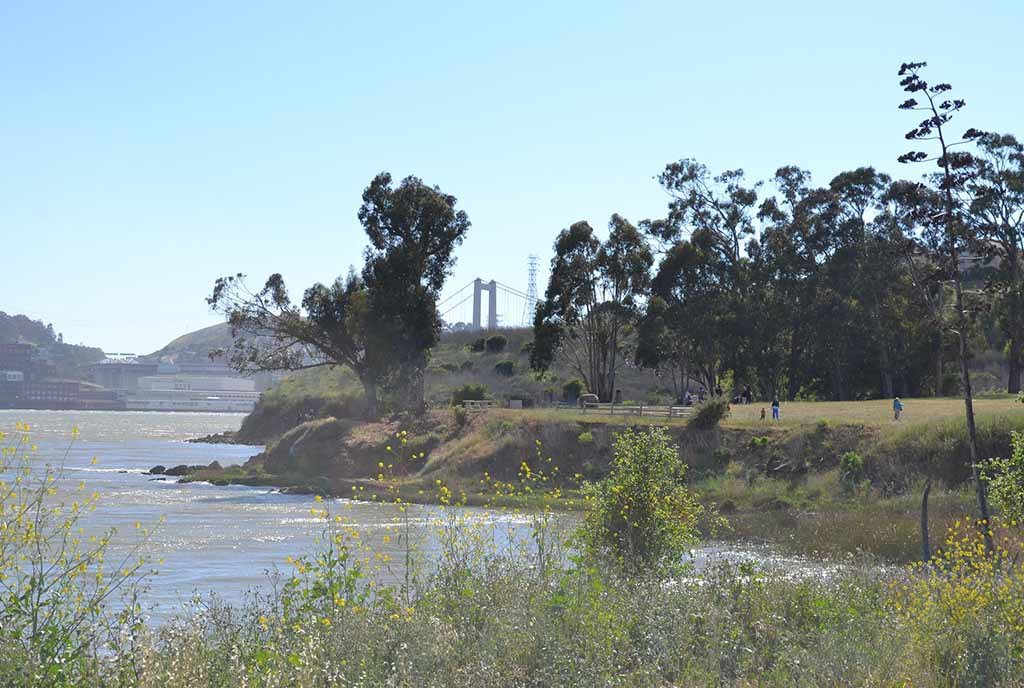
July 27, 2020; Monterey County Now
Twelve hundred acres of undeveloped property near Big Sur has been returned to the 6,000-year-old Esselen Tribe after 250 years of landlessness.
The property formerly named the Adler Ranch was bought by the Western Rivers Conservancy (WRC) for $4.5 million, a sum granted by the California Natural Resources Agency for the purpose. The land’s return comes with an agreement that the old-growth redwoods, California condor, and red-legged frogs on the land be protected.
The people of the Esselen Tribe were abducted from their land in 1770 and taken to three Spanish missions where they were baptized and “converted” to Catholicism, then largely falling prey to disease. According to Tom Little Bear Nason, chairman of the now 214-member Esselen Tribe of Monterey County, the Tribe’s plan is to build a traditional village with a view of Pico Blanco peak, or Pixchi, which is their sacred center of creation. From the website of the Esselin Tribe:
By conserving the property, WRC will protect roughly a mile of the Little Sur River and majestic stands of old-growth redwood trees. Our efforts will preserve important upland grasslands, oak woodlands and chaparral and madrone forest and help ensure permanent habitat connectivity between the ocean and the crest of the Santa Lucia Mountains, all in an area of critical importance to coastal wildlife.
Sign up for our free newsletters
Subscribe to NPQ's newsletters to have our top stories delivered directly to your inbox.
By signing up, you agree to our privacy policy and terms of use, and to receive messages from NPQ and our partners.
Thanks to funding from the California Natural Resources Agency, WRC will convey the lands to the Esselen Tribe, whose ancestors have lived in this area since time immemorial. The lands are sacred to the Esselen Tribe and will be available to tribal members for traditional ceremonies, native plant gathering and repatriation of tribal members. This will be a landmark conservation success on the Big Sur Coast for the Esselen People, the area’s fish and wildlife, the redwoods and oaks, and the Little Sur River itself.
The land will also be shared with other Central Coast tribes, including the Rumsen, Chalone, Sureño, Chunchunes and Guatcharrone people.
“We are going to conserve it and pass it on to our children and grandchildren and beyond,” Nason told the Santa Cruz Sentinel. “Getting this land back gives privacy to do our ceremonies. It gives us space and the ability to continue our culture without further interruption. This is forever, and in perpetuity, that we can hold on to our culture and our values.”
This action comes a week after we reported on the return of an arts building in Portland, Oregon, to an organization representing the Native American tribes upon whose land it is sited.—Ruth McCambridge













